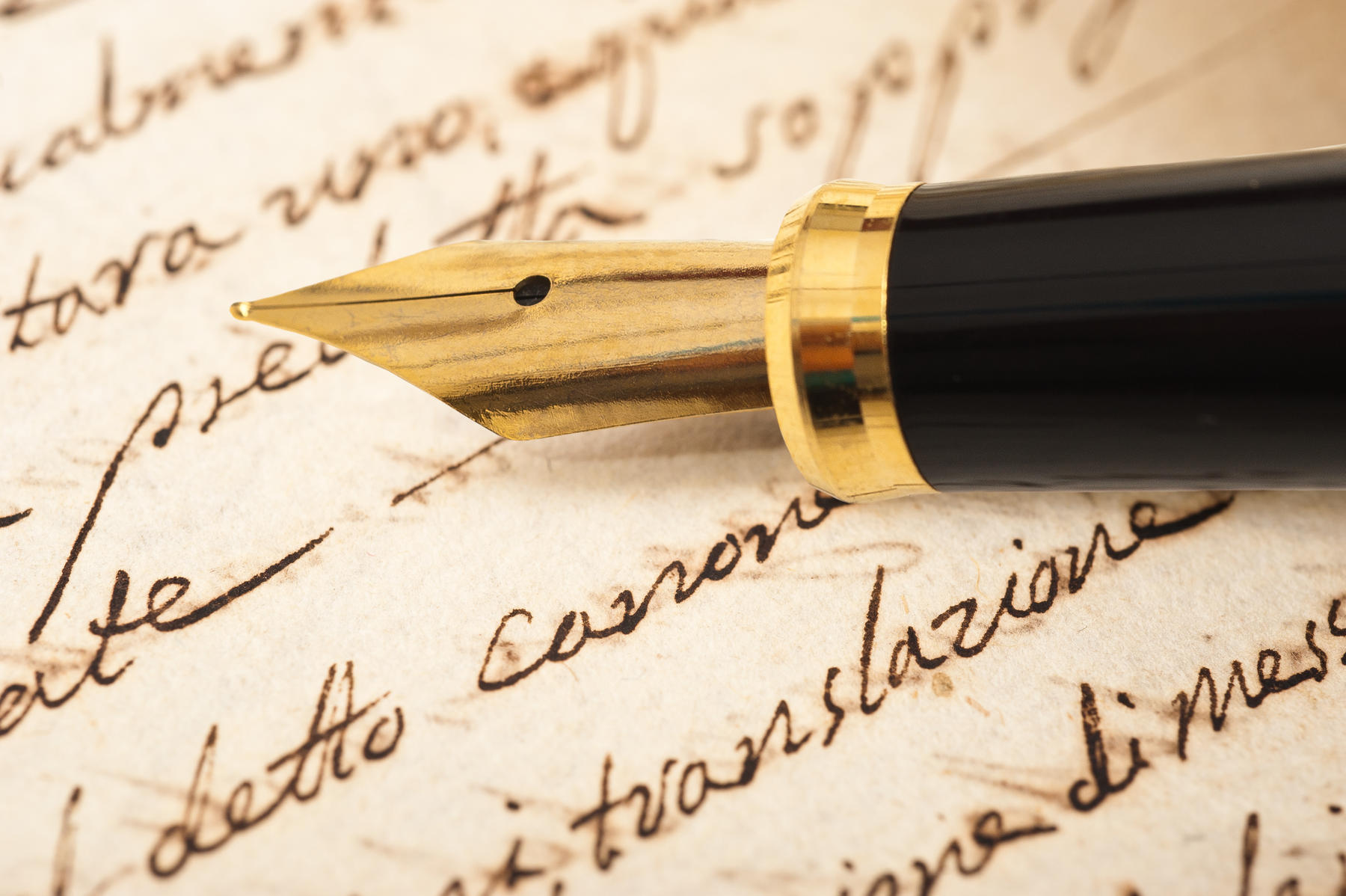This is the first of a two-part article on China, Pakistan, US and India.
What are China’s intentions towards its neighbours? Is the China-Pakistan Economic Corridor (CPEC) something new and exciting, or a repeat of old, flawed relationships? When completed, how will it affect security in the region, be it with long standing rivals such as India, or in a disputed territory like Kashmir?
On 7 November, MEPs, academics, researchers, students and diaspora representatives came together at the European Parliament, for a debate organised by the European Foundation for South Asian Studies (EFSAS), through the good offices of Jonathan Bullock MEP. Several themes were to emerge - the limited political and economic space Pakistan has in which to operate, the rapacious appetite of China for expansion, and a concern that in more ways than one, CPEC brings as much uncertainty as progress.
Geoffrey Van Orden, Conservative MEP for Eastern England, explained that Pakistan needs help, and it does not have too many friends. In bringing together India’s two main rivals, CPEC will though, affect relations in the region. Nor are concerns limited to India - any Saudi Arabian involvement in Balochistan would be unacceptable to Iran. The port at Gwadar will be watched very closely.
Themes of security and debt dominated the concerns of SOAS University of London academics Paul Stott and Burzine Waghmar. The former took the view that Pakistan has burnt its bridges with the United States. Trump’s New Year’s Day tweet denouncing the Islamic Republic for taking $33 billion in US aid since 2002, whilst failing to sufficiently support US counter terrorism initiatives, merely brought into the open festering wounds. The American public will not forget that Osama Bin Laden was living in a Pakistani garrison town in 2011 when killed by US troops. Trump’s December 2015 call for a ban on Muslims entering the US, came just five days after the San Bernardino terrorist attack on a Christmas party carried out by a Pakistani-American and his bride, who had been allowed to enter the country from Pakistan. Burzine Waghmar’s presentation reflected that whilst China is making money available to Pakistan, this is in the form of debt, rather than grants, and it comes with strings attached, such as the use of Chinese contractors.
On the international stage, the “all-weather” relationship between Pakistan and China is clearly damaging to the development of effective international co-operation against terrorism. The UN Al-Qaeda Sanctions Committee has become a venue, less for unity, than point scoring and division. The refusal of China to allow both Indian and American proposals to sanction Pakistani jihadist Masood Azhar serves as a reminder that Pakistan, as a state, uses terrorist proxies. Getting China to support this strategy is a new and worrying departure.
There was perhaps better news from Oxford economist Matthew McCartney, who argued that the majority of investments in CPEC will be in energy. In a country with faltering supplies in both town and country, this is potentially very good news. This may though be a case of two steps forward, one step back. China has a surplus in two industrial areas where Pakistan is strong - cement and steel. If China brings its own materials, as well as its own workers, CPEC may not be the win-win some Pakistani economists have been predicting.
Dorothée Vandamme concentrated on the section of Pakistani society with which China has built its deepest relations - the military. This is the backbone of Sino-Pak relations, and China is determined to ensure that whatever Islamic militancy flares in Pakistan, it does not connect with Muslims in its Xinjiang province. Imran Khan was elected on a platform of not begging to the IMF, but Vandamme speculated he may have little choice. Things may get even more interesting if a condition of the IMF’s loan is greater transparency on CPEC.
One unexpected consequence of CPEC has been that it brings attention to some regional and national disputes that are little understood in the West. CPEC, for example, depends on the territory of Gilgit Baltistan, which Fernando Burgés of the Unrepresented Nations and Peoples Organisation (UNPO) observed, is recognised by the UN as disputed territory. Here, Pakistan has allowed the use of blasphemy laws to settle personal disputes, and has looked to shift the religious demography from Shia to Sunni. Speakers from Balochistan and the United Kashmir Peoples National Party (UKPNP), namely Munir Mengal and Jamil Maqsood rounded events off by reminding the audience of Pakistan’s poor human rights record. As Munir Mengal stated, it is unusual for a development project to need military support.
Comparing CPEC to the East India Company may appear a neat rhetorical trick. But it is important to judge China, and Pakistan, on their respective records. Pakistan has a tendency to seek out patrons (the US, the UK, Saudi Arabia, and now China) to protect it militarily and support its ruling class financially. China is certainly willing to support development initiatives. But there are two sobering examples, from Africa and Sri Lanka, as to what this means in practice. In Ethiopia, the shiny new headquarters China built for the African Union came with a computer system that was discovered to be sending information daily from its servers, to Shanghai. Every move the African Union made, was likely to have been known in China within hours. In Sri Lanka, the funding of the Hambantota port saw the government rack up debts it could not meet. The facility has now been given to China on a 99-year lease.
Pakistan can’t say it has not been warned.
Dr. Paul Stott
Views expressed are the author’s own and independent of his institutional affiliations.
Dr Paul Stott is an academic working in the Centre for International Studies and Diplomacy at SOAS University of London, and is a fellow of the European Foundation for South Asian Studies. He tweets @MrPaulStott
This article was published in Sunday Guardian Live.


